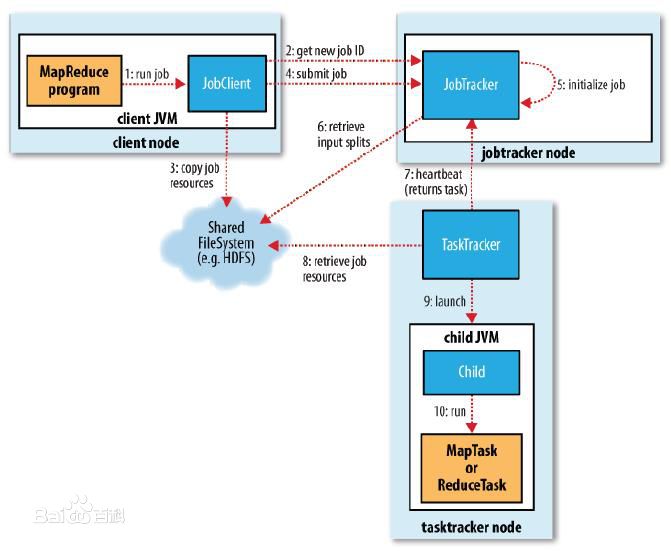Two dominant distributed computing strategies have emerged to overcome the computational bottleneck of supervised learning with big data: parallel data processing in the MapReduce paradigm and serial data processing in the online streaming paradigm. Despite the two strategies' common divide-and-combine approach, they differ in how they aggregate information, leading to different trade-offs between statistical and computational performance. In this paper, we propose a new hybrid paradigm, termed a Parallel-and-Stream Accelerator (PASA), that uses the strengths of both strategies for computationally fast and statistically efficient supervised learning. PASA's architecture nests online streaming processing into each distributed and parallelized data process in a MapReduce framework. PASA leverages the advantages and mitigates the disadvantages of both the MapReduce and online streaming approaches to deliver a more flexible paradigm satisfying practical computing needs. We study the analytic properties and computational complexity of PASA, and detail its implementation for two key statistical learning tasks. We illustrate its performance through simulations and a large-scale data example building a prediction model for online purchases from advertising data.
翻译:两种占主导地位的分布式计算战略已经出现,以克服与海量数据有监督的学习的计算瓶颈:马普杜斯模式中的平行数据处理和在线流学模式中的序列数据处理。尽管两种战略的共同分流和网络方法,但它们在信息汇总方面各不相同,导致统计和计算业绩之间的不同取舍。在本文件中,我们提出了一个新的混合模式,称为平行和标准加速器(PASA),它利用两种战略的优势进行快速和统计高效的辅助学习。PASA的建筑将在线流程的处理嵌入每个分布和平行的数据流程中。PASA利用了马普杜斯和在线流方法的优势和缺点,以提供一个更灵活的模式,满足实际的计算需求。我们研究了PASA的分析性特性和计算复杂性,并详细介绍了其执行两项关键统计学习任务的情况。我们通过模拟和大规模数据实例展示了它的业绩,为从广告数据网上购买建立了预测模型。




